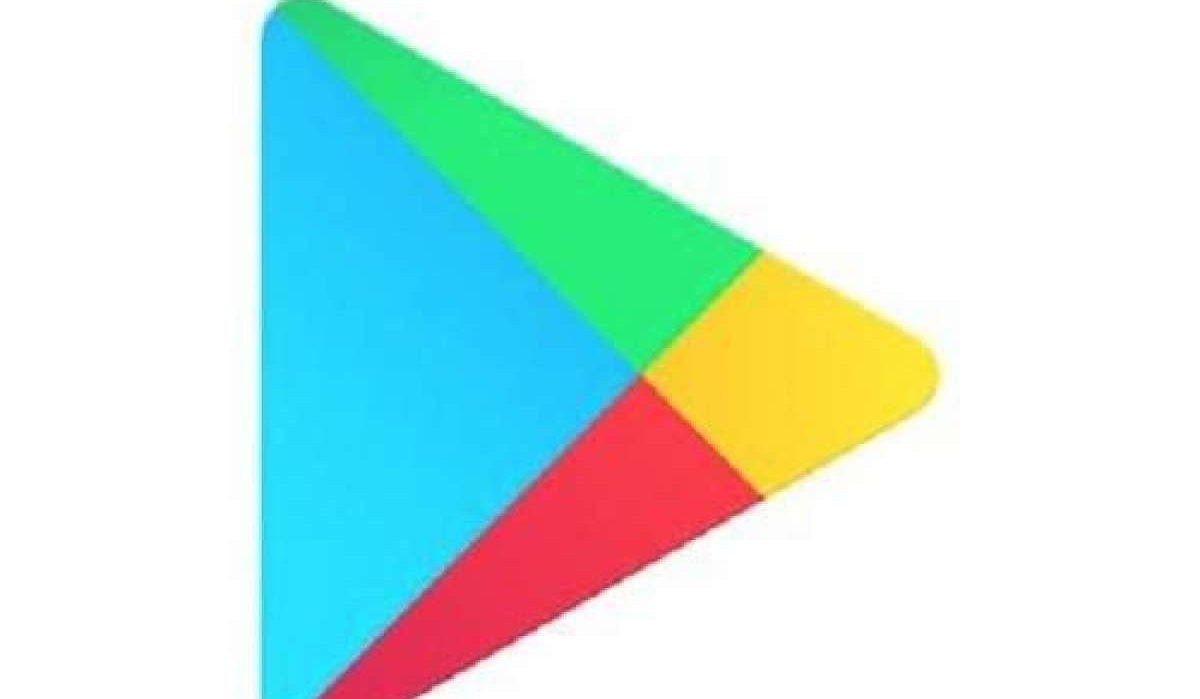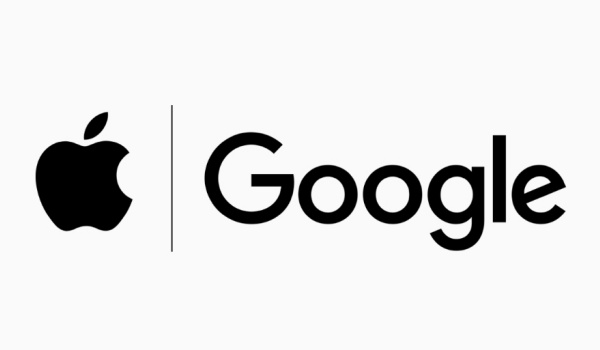This commendable move by Google has a downside to it, as this implies that Android phones sold in China, as well as Huawei devices sold around the world would not be able to access this technology.
With Google Play Services still banned in China due to a trade ban imposed by the United States, Google plans to publish a separate framework which will enable Huawei devices and other devices of Chinese origin replicate the tracking system. In the first phase of this program, set to take off in May, Google will roll out APIs via Google Play Services. This will enable synergy between Android and iOS devices using official apps from public health authorities. In the second phase, APIs will be built into the devices’ OS, letting individuals use the Bluetooth-based contact tracing platform. One major upside to this new technology is the fact that Android users would not need to download a new app to try out this contact tracing system. Google and Apple have also stated that only public health organizations would have access to the APIs, with reports also saying that the system avoids location tracking, thereby maintaining user privacy. The system uses the phone’s Bluetooth connectivity to send a digital identifier to nearby smartphones of people you are in contact with.
The data from this contact-tracing system will only reside on your phone, as it can only change if you test positive for the virus and decide to upload the information to servers, which will begin alerting everyone you have been in contact with of recent. There are still mixed reactions to this move, with some sources expressing distrust for the technology and others feeling that the system may be marred with errors. It is hoped that this strategy pans out well, helping the government of various nations stem the spread of this nasty virus. References

